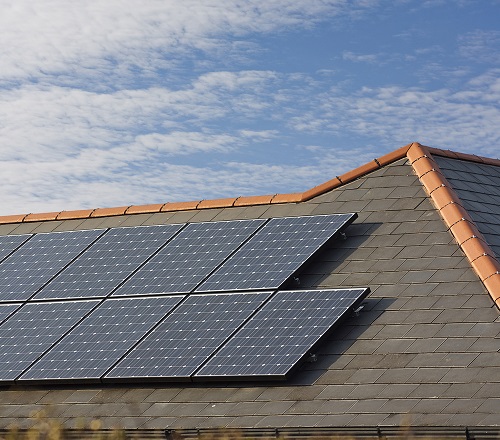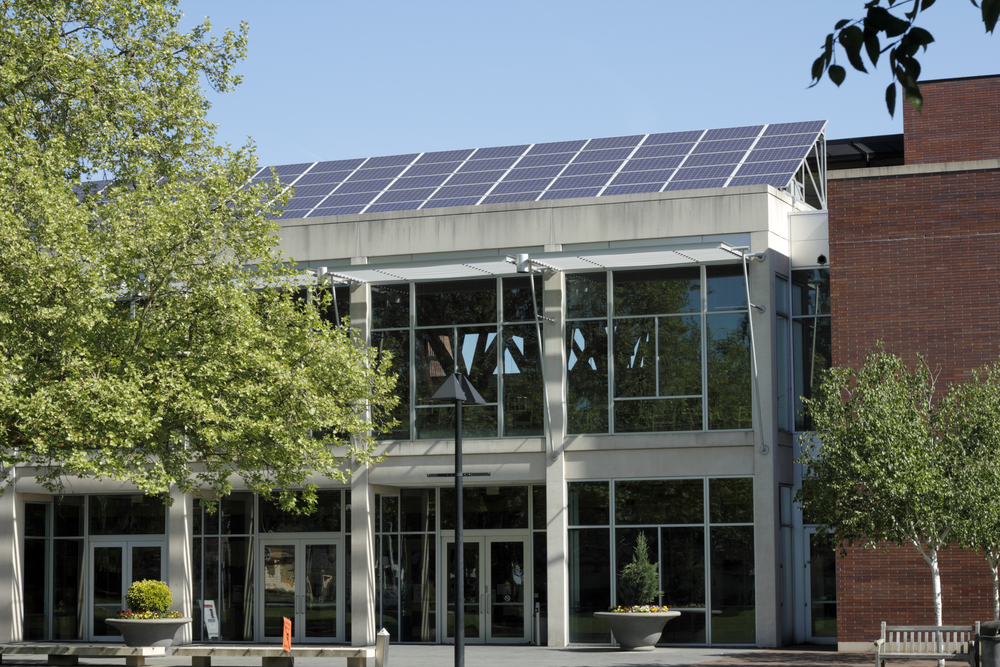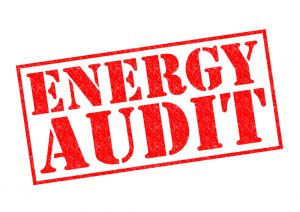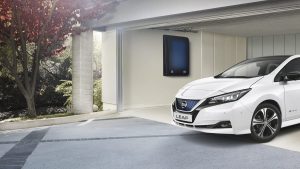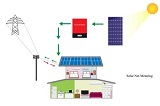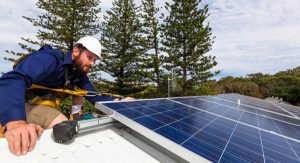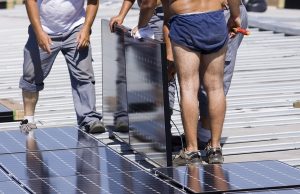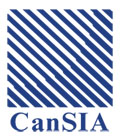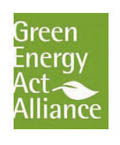To qualify for Net Metering in Ontario, solar panel users must meet the criteria of an “eligible generator” described in the Net Metering regulation, O. Reg. 541/05. However, until recently, it has been somewhat unclear whether people who lease or finance their solar panel equipment qualify as eligible generators in Ontario.
The OEB (Ontario Energy Board) has recently issued a bulletin stating that eligible generators can take advantage of the Net Metering even if they do not own the generation facility. This clarification is welcome news for anyone who wants to adopt solar panels and participate in net metering without having to worry about the initial expenses associated with installing and maintaining a solar array.
Third-Party Solar Financing
The ability to participate in Net Metering is a significant selling point of solar panels, but the upfront cost of investing in solar energy systems can represent a barrier for some people. Third-party financing allows more property owners to experience the benefits of solar panels by lowering the cost of system installation and maintenance.
In North America, third-party financing of solar energy primarily occurs through two models: power purchase agreements and solar leases. Under a PPA, the customer pays for the electricity the solar panels generate at a set rate. With a lease, a property owner rents the solar array from a provider, who is usually responsible for the all the supply, installation, necessary maintenance and repairs costs. People who choose to lease solar panels do not own them, but can still benefit from the electricity the system produces. In many cases, leasing provides a quick, straightforward way to start saving money on utility bills and helping the environment — even for people who cannot afford to independently invest in solar panels.
If you are planning to enter a lease agreement to finance solar panels, the amount of money you can expect to save on your energy bills will depend on factors such as how much electricity your household uses and the size of your solar array. Ideally, your roof should be at least 1000 square feet to accommodate an average residential solar panel system in Ontario. An experienced solar installer can assess your property and determine its qualifications.
At the end of your lease, you may have the option to extend the term or purchase the solar array. However, be aware that people who choose to lease panels could be ineligible for rebates, such as Greener Homes Grant or Ottawa Better Homes Loan Program.
What Is Net Metering?
Net Metering can be a valuable part of your setup if your solar panels reliably generate more renewable energy than your home uses. With Net Metering, your solar-powered property stays connected to the local utility grid, and you can send energy back to your utility provider in exchange for credits.
Solar Panels in Ontario
Benefits like third-party financing and Net Metering can make solar panels a more attractive decision than ever before. Now, some eligible homeowners can receive government grants of up to $5,000 for investing in energy-efficient home upgrades.
In 2015, the Canadian government announced a commitment to reducing greenhouse gases to 30% below 2005 levels by 2030. More recently, the Canadian Net-Zero Emissions Accountability Act set an ambitious target of achieving net-zero emissions by 2050. Meeting these goals will prove impossible unless more Canadians commit to long-term changes such as buying electric vehicles and switching to renewable energy sources.


